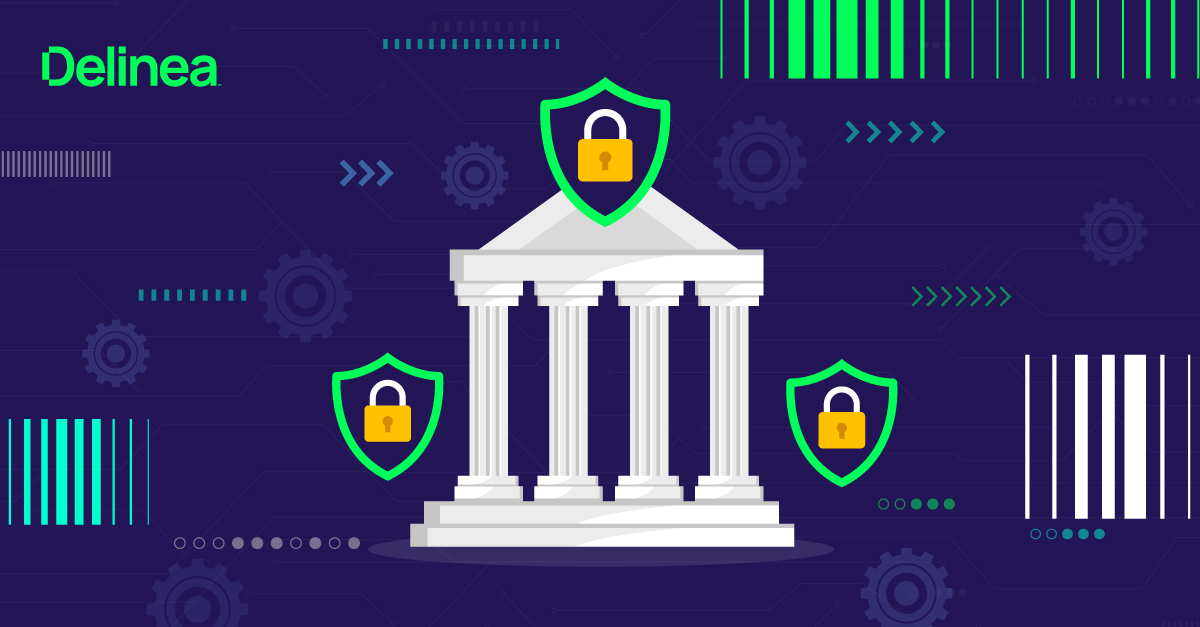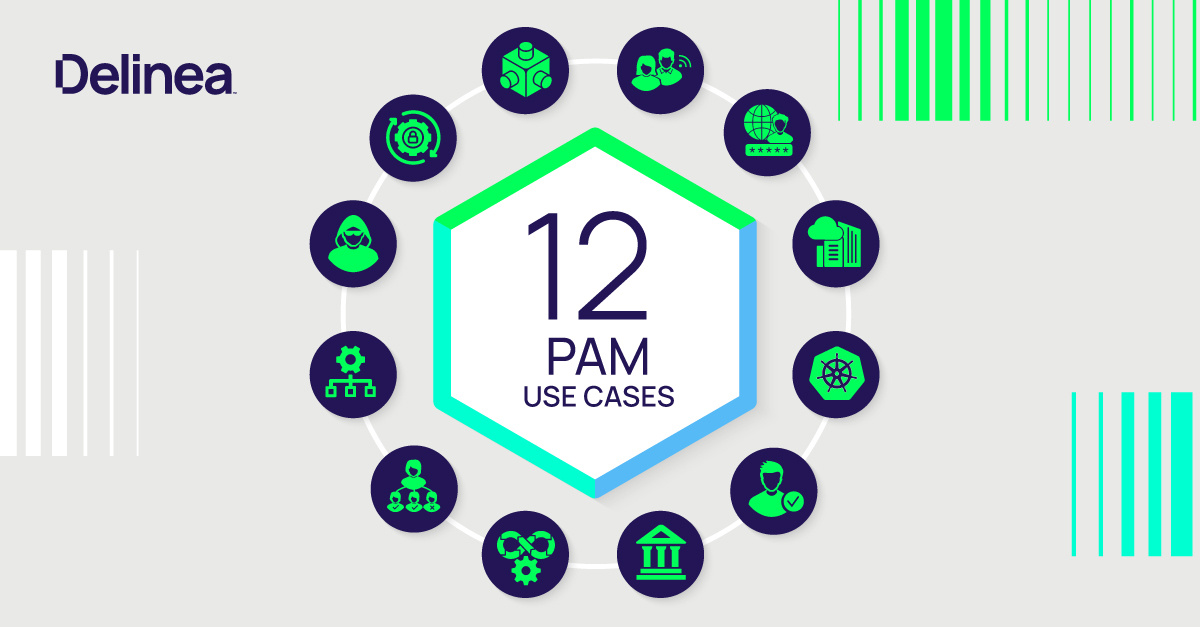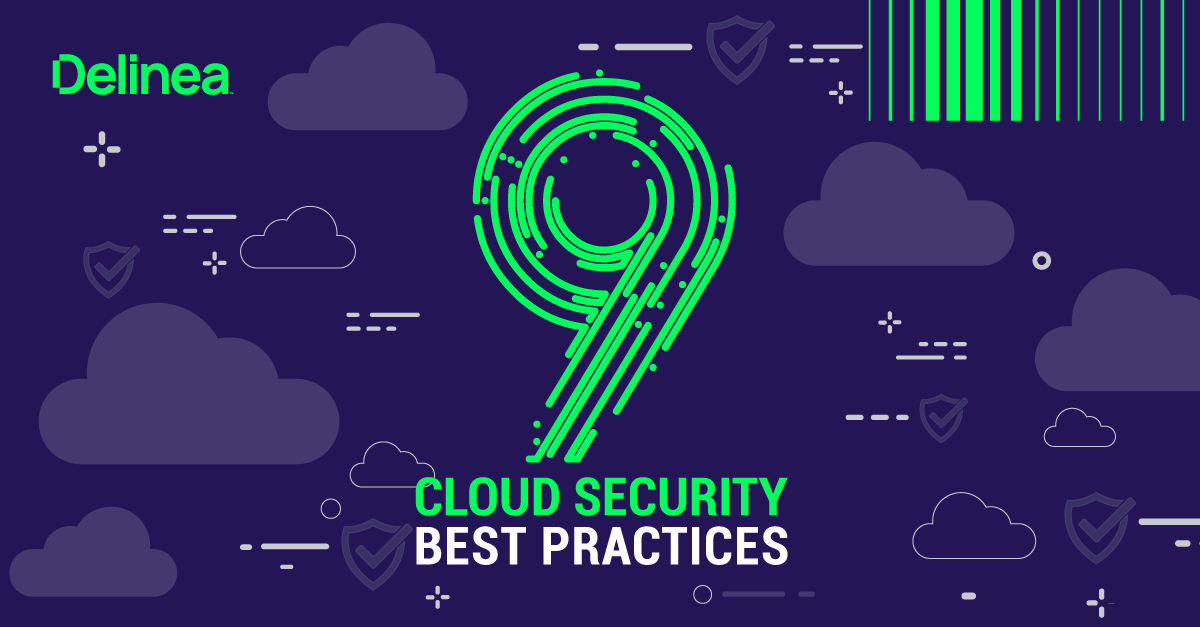No more eye rolls: How to get your entire organization to cheer for more security
How many eye rolls and grumbles do you get when you tell teams across the organization that you're implementing new controls to increase security?
If your answer is "none," yikes—you might be out of touch with the workforce.
Most cyber leaders recognize that security adoption is hard. Security isn't always a priority for everyone, even though it should be. There's a delicate balance between enforcing robust security measures and maintaining operational harmony. Security is your mandate, but it's also a cultural challenge.
There are ways to secure your organization without the pushback. So, how can you make security seamless—and, dare we say, celebrated?
Identity security: It's not just about admins anymore
When most organizations think about securing access to business accounts, they focus on administrators. But here's the truth: admins are just one piece of the puzzle. Bad actors are constantly scanning for the weakest link—and that's often your business users.
Think about your accounting team making financial transactions, your Human Resources team handling Personally Identifiable Information (PII), or your marketing team accessing customer data via web applications. These roles may not scream "critical access," but they are prime targets for phishing and privilege creep.
Every user creates passwords to unlock access to business accounts, and over time, if not monitored closely, they can accumulate unnecessary permissions. When they change roles or leave the organization, their access may not be revoked in a timely fashion, and poor offboarding results in orphaned accounts that are vulnerable to compromise and data exposure.
To protect your organization, you need to know who has access, what they are authorized to do, when, and why. That requires complete visibility and centralized governance across every identity—admins, business users, contractors, and anyone else with access.
Visibility across identities
To eliminate blind spots and overprivileged users, you need centralized visibility. Visibility isn't just about knowing who's accessing what; it's also about finding the problems and fixing them—spotting anomalies, revoking access, and eliminating orphaned accounts automatically.
Without unified oversight, IT teams are overwhelmed with manual tasks that demand significant time and resources, leaving room for human error and threats to go unchecked.

For instance, if a business user, say a marketing user, typically works Monday through Friday, suddenly accesses customer data on a Saturday, and asks for elevated privileges, that's a deviation from their norm. By knowing what 'normal' digital behavior looks like for that specific user and with centralized oversight, additional security checks, such as an MFA prompt, can trigger without disrupting their workflow, reducing your risk of a potential breach.
Why this matters:
- Proactive security: You can identify and address threats before they escalate.
- Reduced friction: Legitimate users can continue working, and bad actors are stopped in their tracks.
- Increased efficiency: Access is provisioned automatically, eliminating manual tasks.
Make security invisible to your users
Here's the reality: If security measures are complex or don't fit into users' workflows, they won't adopt them. If it takes them longer to do their jobs, they won't adopt them. Leaders often face resistance because traditional security tools feel like roadblocks. Technology that integrates security into existing workflows for every user removes the roadblocks.
For example:

- Business user scenario: A sales rep at an event needs to access customer data for an impromptu meeting. Instead of dragging out their laptop and fumbling with a complex credentials vault or, worse, bypassing security for speed, they can access their CRM on any device with secure credentials automatically injected with one click. They quickly respond to client needs while your security team maintains an audit trail.

- Admin scenario: While at a conference, an admin receives an alert about unusual activity in their system. Instead of heading back to the office and wasting valuable time, they securely leverage an administrator's mobile app to assess the issue and communicate in real time, avoiding any disruption to the business.

- Leadership scenario: An accounts payable clerk got promoted and now manages a team. Their job title changes to 'Finance Manager' in your HR system, which triggers a change to remove AP clerk access and provision manager access automatically. They can now only approve journal entries, not create them. Fraud risk is avoided with automated permissions adjusted based on role.
Security doesn't have to disrupt productivity. In fact, it should enhance it.
Move beyond partial security
Securing only administrative users is an outdated strategy
Bad actors exploit this narrow focus, targeting overlooked and often unmanaged identities. To reduce risk, every identity must be treated as a potential entry point. As such, their access and permissions should be monitored and managed to ensure comprehensive oversight without causing friction.
With a comprehensive identity security strategy for all users, you can:
- Ensure consistent management and centralized control.
- Build baselines for digital behavior to detect and act on anomalies in near real-time.
- Govern access and enforce least privilege for all users throughout their lifecycle automatically.
- Implement workflows that work how users work so they barely notice security controls.
- Maximize your current technology and leverage integrations for centralized, unified control and oversight.
A parade-worthy identity security strategy
Imagine your organization adopts a new security initiative, and instead of resistance, you’re met with appreciation. No more eye rolls. No more grumbles. Just secure, seamless workflows that empower users while protecting all business assets.
Entitlements are adjusted seamlessly as users enter, move around, or leave the organization, ensuring the right access is associated with the right identity at the right time.
Here’s how you make that happen:
- Comprehensive visibility: Know every identity and their digital behavior.
- Frictionless technology: Make security an enabler, not a barrier.
- Proactive monitoring: Detect and address risks in near real-time.
- Consistent oversight: Automatically provision and de-provision with less friction.
As a leader, your success is measured not only by the tools you implement but also by the culture of security you foster.
Make security work in the background for every user, and you’ll create an environment where your people and your data are protected—without them even realizing it.
Ready to secure every identity without pushback? It’s time to rethink what modern identity security can do for your organization with a centralized, easy-to-use platform that provides future-proof security that scales as your organization changes.
Learn more—join our webinar: Beyond Admins: Secure Your Entire Workforce Without the Friction



